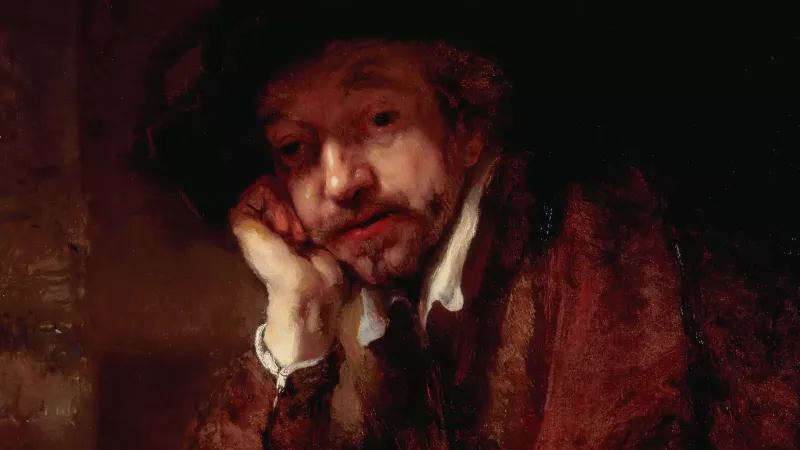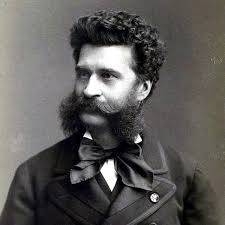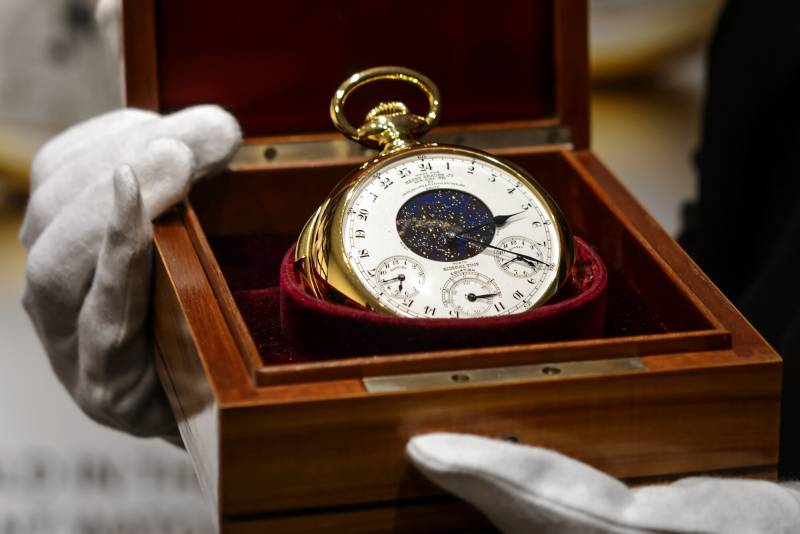Some of us might like seeing experts duped – while, for others, it's about self-validation. Clare Thorp looks at the museums intentionally showing forged masterpieces. A new Johannes Vermeer exhibition is always an event in the art world, such is the enduring allure of the 17th-Century Dutch artist. But visitors to a current show dedicated to the painter will find that only half of the six works on display were created by the hands of Vermeer himself. Shortly before Vermeer's Secrets opened at Washington DC's National Gallery of Art, the museum revealed that a work in their collection previously attributed to the artist, Girl with a Flute, was not by him. "For years there's been a question mark over it," says curator Betsy Wieseman. The assumption had been that Vermeer started the painting but it was finished by someone else.
Yet scientific research undertaken when the museum was closed during the pandemic showed that there was nothing in the under-layers of the painting that was more skilled than anything on top. "At every stage in the painting there was some sort of misunderstanding on the part of the artist, whether it was how finely to grind the pigments or the proper proportions of the materials to use, that created some inherent defects," Wieseman tells BBC Culture.
The painting was likely done by an associate of Vermeer, someone who worked closely with the artist – but wasn't quite able to match his technique. "It's an honest production, made by someone trying their hardest to imitate a given artist, but there's no intention to deceive," says Wieseman. "It's not a fake, it's not a forgery." That isn't the case with the two other paintings included in the exhibition.
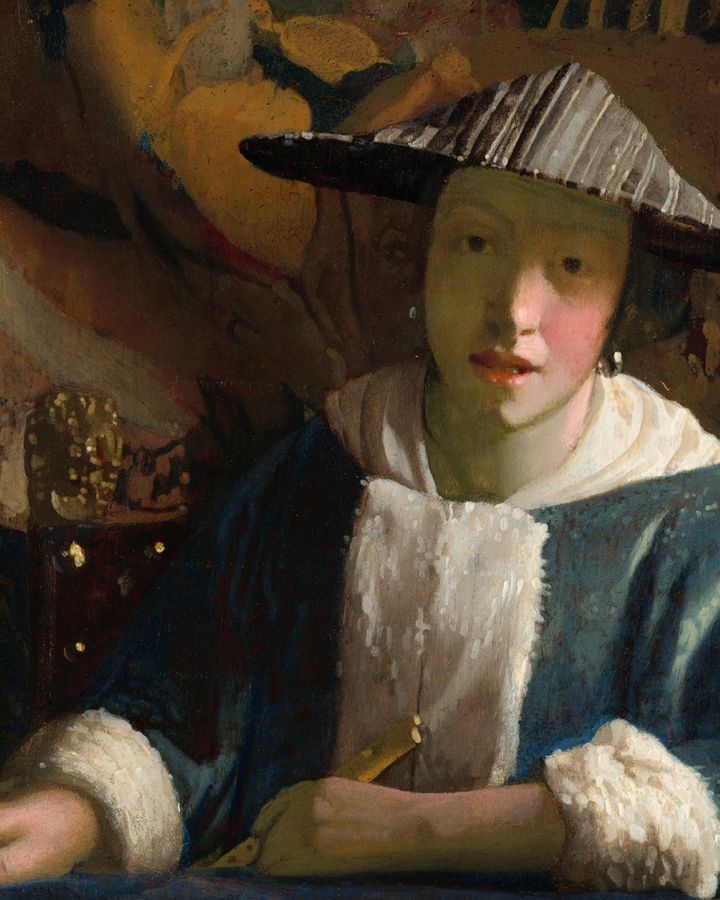
Looking at The Smiling Girl and The Lacemaker now, it's hard to imagine how the stiff, awkward figures and heavy-handed brushwork ever passed for the Dutch master. Vermeer, famous for his brilliant use of light and color, which gave his subjects a trademark luminosity, would surely be aghast to be associated with them. But when they came to the market in the 1920s, they caused a flurry of excitement among collectors – especially Andrew Mellon, who snapped them up, before donating them to the NGA in 1937.
They hung next to the gallery's other European masterpieces, but doubts soon grew about their authenticity – and in the 1970s, scientific research confirmed the paintings used materials that didn't exist in the 17th Century. The works are thought to be by Theodorus van Wijngaarden, a Dutch painter, restorer and dealer – and friend of the now infamous Vermeer forger Han Van Meegeren. So why have they returned to a prime position on the gallery's walls now? "As we've determined that this painting Girl with a Flute was not by Vermeer, one of the first questions people have is: 'Well, is it a fake? Is it a forgery?'," says Wieseman. "No, turn around and look at some forgeries on the opposite wall, and we'll walk you through some of the differences."
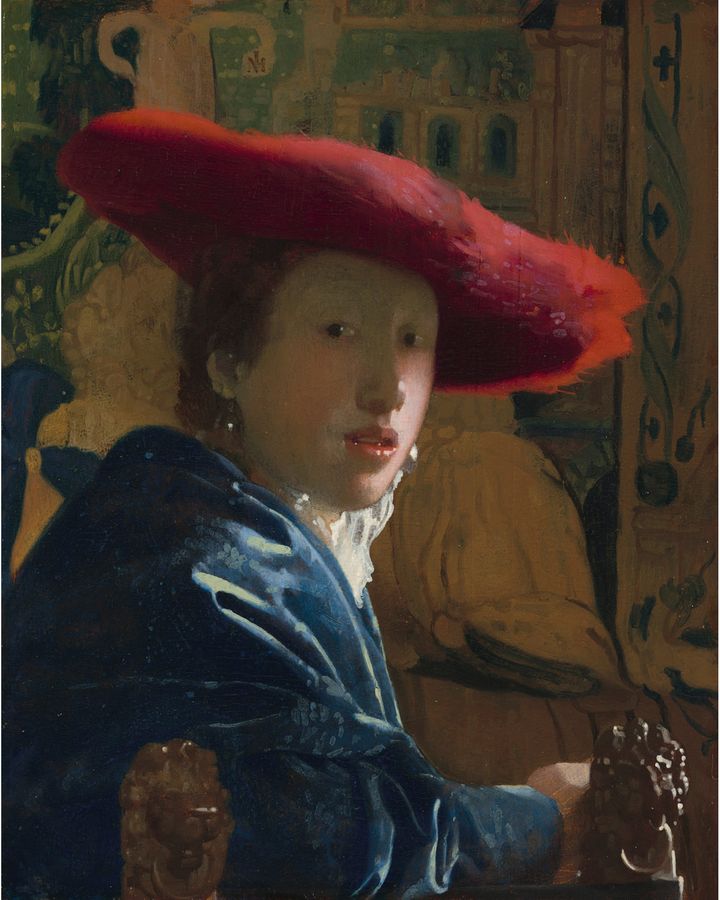
The subject holds a particular interest for Wieseman. In 2010, while working at the National Gallery in London, she co-curated an exhibition called Close Examination: Fakes, Mistakes, and Discoveries. "They're fascinating documents about the history of taste, and of certain artists and their flow and popularity. I'm also fascinated by the tricks that a forger uses, the ways they devise to make their forgery look like something that's centuries old." In the spotlight, The NGA isn't the only gallery choosing to put fake artwork on display. Currently running at the Taft Museum of Art in Cincinnati, Ohio is an exhibition called Fakes, Forgeries and Followers, a collection of paintings and works of decorative art that aren't what they first seem. "Some of these works have been in storage for three decades or more, and we thought it would be interesting to bring them out and tell their stories," curator Tamera Lenz Muente tells BBC Culture. "The stories of what they were thought to be original when Charles and Anna Taft purchased them in the late 19th and early 20th Century, and what science and scholarship go into determining a piece is not authentic, or not what it was believed to be."
The exhibition includes paintings once believed to have been by Rembrandt van Rijn, John Constable, and Francisco Goya. Some works were on view as recently as 2004, says Muente, and not all are deliberate forgeries by the artist themselves. "We have a legitimate painting by Frederick Watts, who was an admirer of Constable. He made works that were about very similar subjects, and he exhibited at the Royal Academy and other exhibitions as his own work. Some dealer very likely added the signature J Constable in the corner of the painting at some point, and it was shown as a Constable in multiple exhibitions like in the 1880s."
For Muente, fakes can play a valuable role in art history. "They can tell us about the art market at different periods," she says. "When you have objects that are in such high demand, of course, you're going to have people who are trying to cash in on that – not only artists mimicking other eras of art, but also dealers willing to do shady things to pass off something as something that it's not. I also think understanding what isn't real can help you learn more about the real thing."
It might seem brave for a gallery to admit they've been duped, but the proliferation of fakes throughout history means most museums have items that aren't what they first thought. "It creates a kind of patina of humanity," says Gareth Fletcher, lecturer and seminar tutor in Art Business at Sotheby's Institute of Art, who leads a course on Art Crime. "Not only do the people that acquire things get it wrong sometimes, but they're owning up to it and reflecting on what they've learned in the process. I think we might see more exhibitions opening up the skeletons in the closet."
In plain sight
So, how many fakes are actually out there? "The fundamentally wonderful aspect of that question is that we just don't know because some people are clearly doing a very good job," he tells BBC Culture.
Earlier this year, the FBI seized 25 paintings "purported to be by artist Jean-Michel Basquiat" that were on display at the Orlando Museum of Art. Suspicions were raised when it was discovered one of the paintings was painted on a Fed Ex shipping box. A brand expert told the New York Times that the typeface imprinted on the box was not used by Fed Ex before 1994 – 12 years after the paintings were said to be created, and six years after Basquiat's death.
In June, a planned exhibition at the National Museum of Slovenia was canceled over concerns that some of the featured works – apparently by Pablo Picasso, Vincent van Gogh, and Henri Matisse – could be forgeries. In 2018, the Terrus Museum in Elne, Southern France – dedicated to the works of painter Étienne Terru – discovered that 83 of its 140 paintings were counterfeit.
